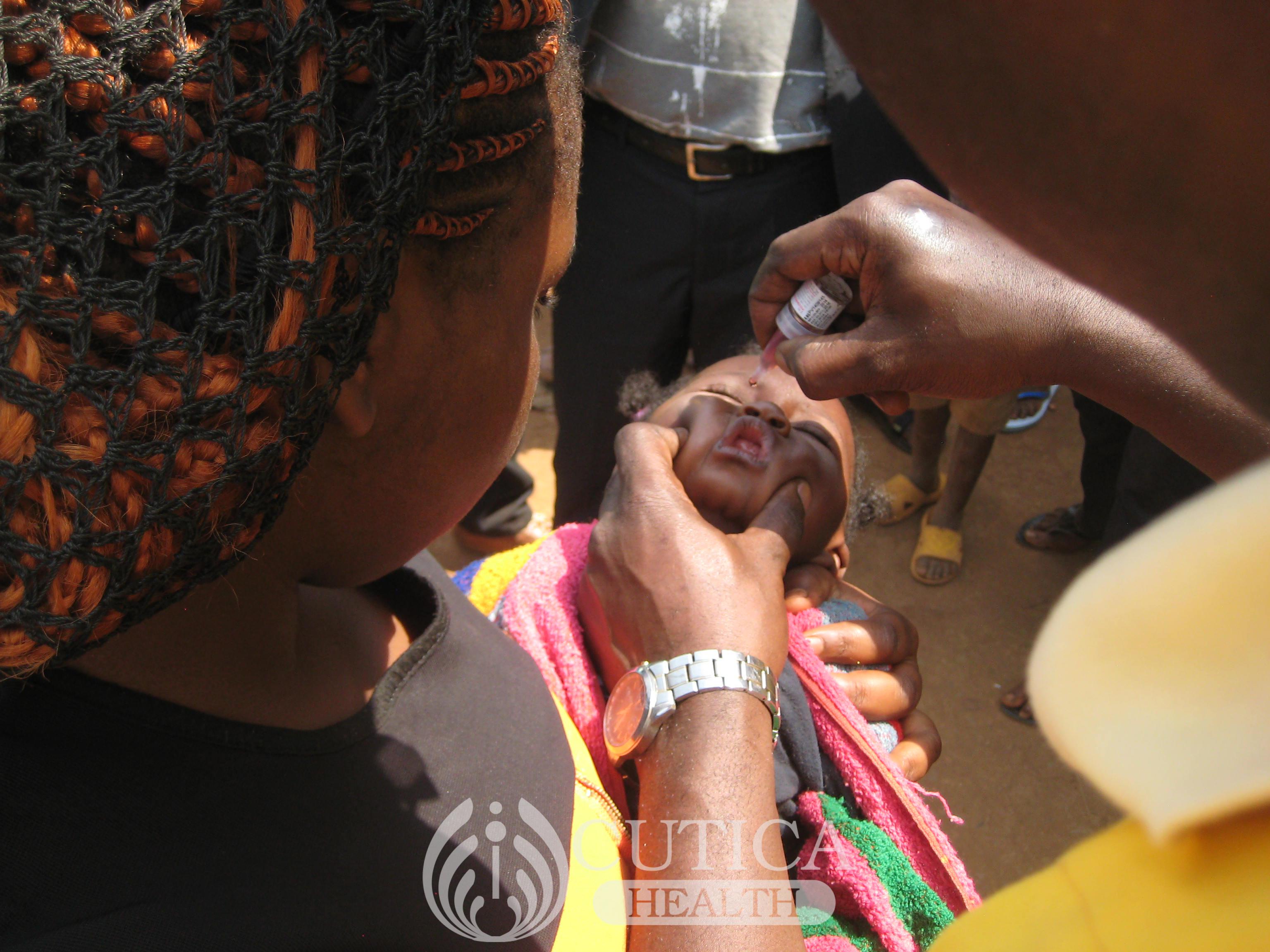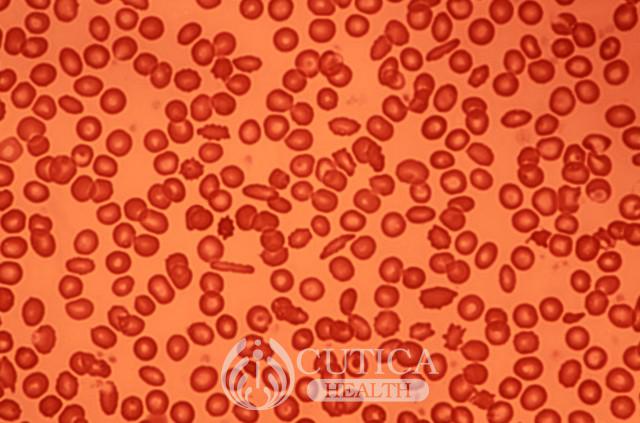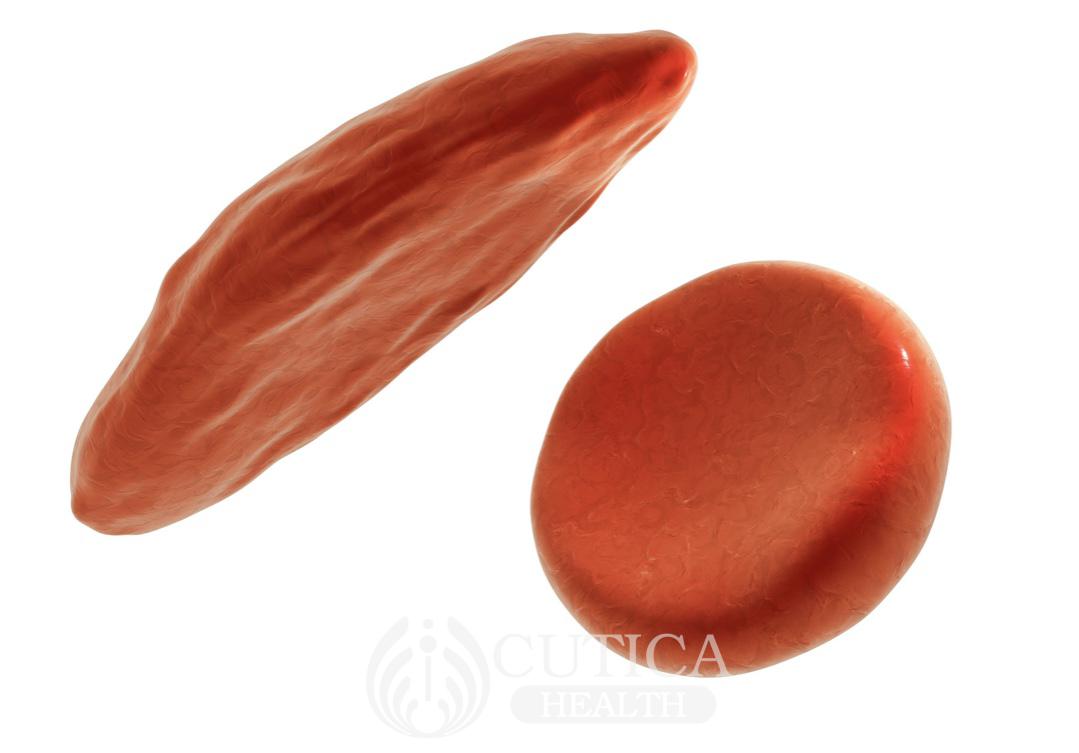
Sickle cell disease affects approximately 100,000 Americans but as many as about 1 in every 13 black/ African-American babies are born with the sickle cell trait. Statistics show that there are about 300,000 babies born with severe blood disorders globally every year. The fact that Nigeria accounts for about 150,000 annual births with sickle cell anaemia shows the lopsidedness of the disease in relation to Nigeria and Africa as a whole. Data reported by the World Health Organisation (WHO) show that as high as 24 percent of the Nigerian population are carriers of the sickle cell disease defective gene and every 20 of 1000 live births are born with sickle cell disease.
Nigerian prevalence figures are important because of her sheer size relative to the rest of Africa, but the prevalence figures in other parts of Africa are no less scary. For instance, while countries like the Congo, Cameroon, Ghana, Gabon and Nigeria have prevalence figures ranging between 20 and 30 per cent, the prevalence is much higher in Uganda with a figure of 45 per cent. Despite this, we still consider Nigeria the global epicenter for sickle cell anemia.
The burden of sickle disease in Africa’s health systems
Children who suffer from sickle cell disease are likely to die young, especially if they live in low-and middle-income countries (LMICs), many of whom are African countries. Most of the children from such countries die before reaching adulthood and even more disturbing is the fact that recorded daily death of 500 persons suffering from sickle cell disease is largely because of poor access to treatment. In fact, the statistics show that 90% of children born with the sickle cell disease in low and middle-income countries die before attaining five years of age. Rates of admissions and outpatients consultations for patients with the sickle disease places an enormous burden on our Africa’s already distressed health systems. With malaria being endemic in the most hit countries, admissions related to malaria, severe anemia and sickle cell crisis are all significant contributors to the burden on Africa’s healthcare systems.
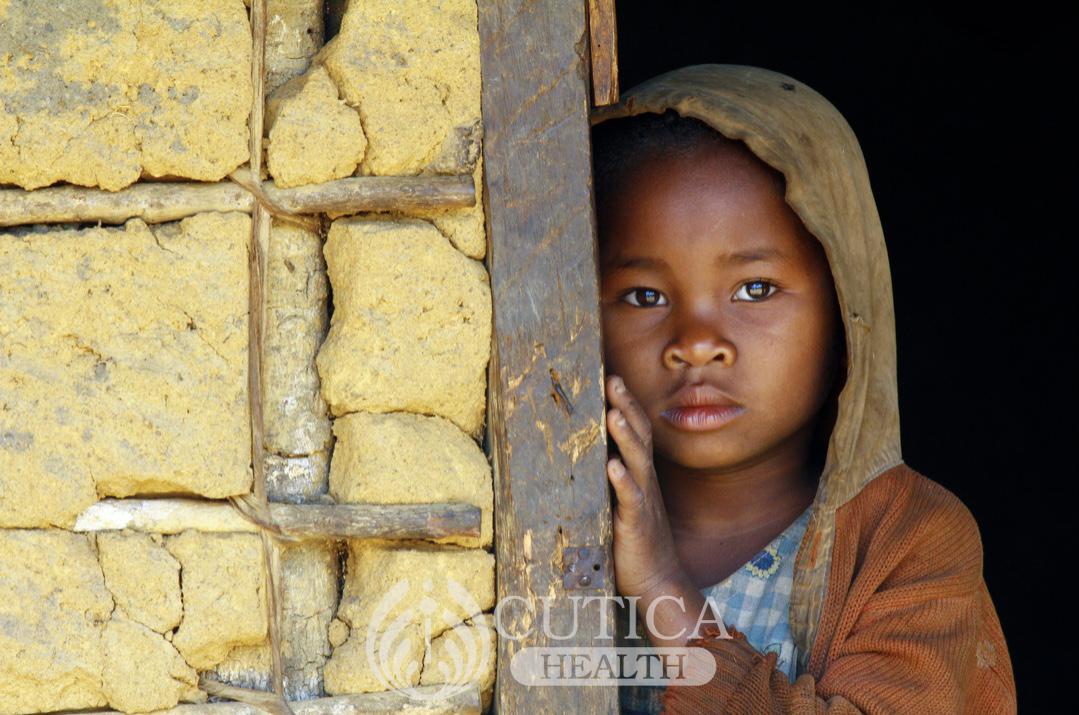
The financial burden of sickle cell disease in Africa
There is a definite financial burden on patients living with sickle disease in Africa and among those caring for the patients. The low success rate of universal health coverage leaves the most vulnerable at worst stead. Patients living with chronic diseases like the sickle disease are liable to suffer untold financial hardship during crisis, especially when they have to pay out of pocket for health services. Naturally, the financial burden is likely to be much higher among the less-educationally qualified—the same group more likely to have children with sickle cell disease! The burden is directly transferred to the care givers who cannot afford to watch their loved one writ helplessly in pain!
The Psychological burden of sickle cell disease in Africa
The burden of sickle cell disease in Africa goes beyond immediate health considerations of the sufferers. Being a lifelong disability places a heavy burden on the carers as well. The absence of strong support welfare systems compounds this burden to cater for the sufferers and the carers of those living with sickle cell disease in Africa. The financial burden has a ripple effect, it adds up with disruption of family routines to constitute a psychological distress among the concerned care givers and families.

Stemming the deaths because of sickle cell anemia has taken various forms. Enlightenments and education of would-be couples by religious organizations might have helped, but stakeholders are asking for something more. One of the novel approaches to addressing the problem is through legislation—the aborted sickle cell prevention, control and management bill. Unfortunately, the bill has been in a coma for a long time!\
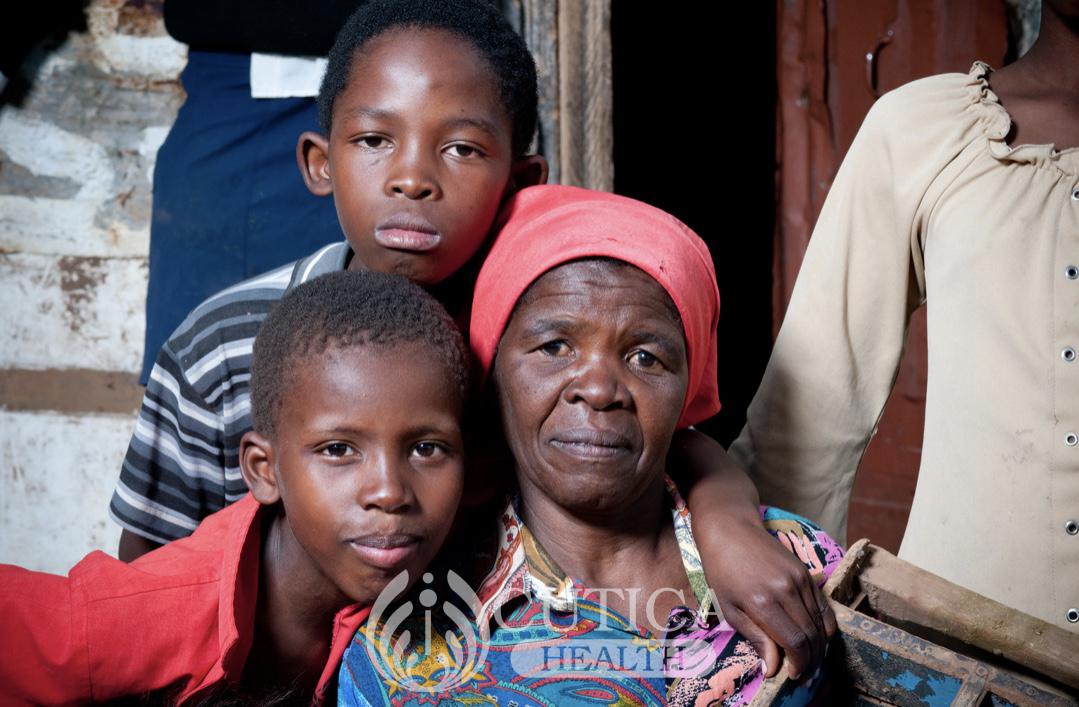
Take-home message: Sickle disease is largely an African thing and comes with huge financial, psychological and health-systems burden. Legislation and awareness could stem the tide and reduce the prevalence as well as death rates of the disease.









